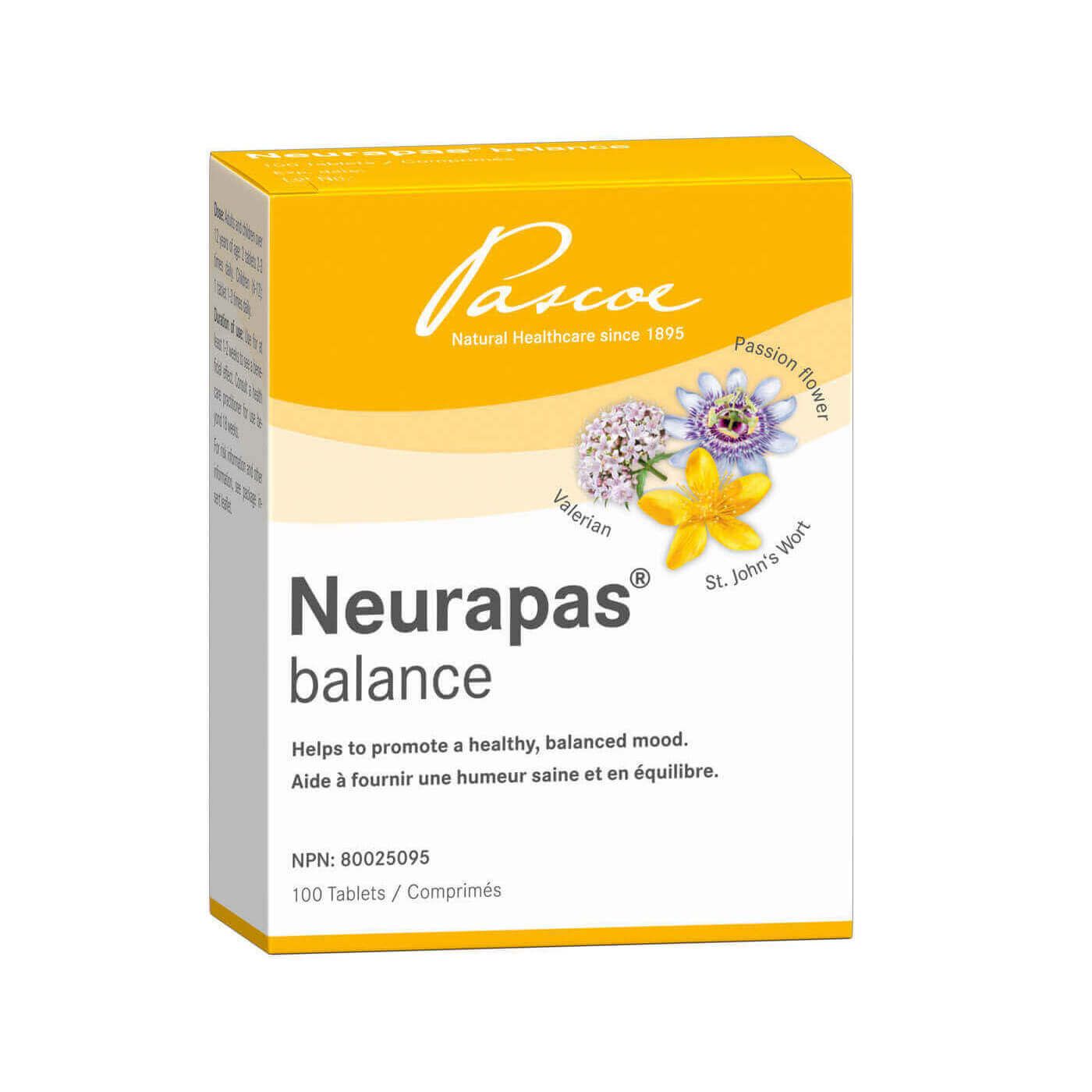Feeling SAD (Seasonal Affective Disorder)?
As we head into the fall and winter months, the reduction in color, warmth, and hours of daylight can be disruptive for many people.
For those with, seasonal affective disorder (SAD), the depressive episode begins at the start of a fall or winter months. It has been found that 2% of the community are affected by seasonal depression, while between 10 and 20% of people suffer from the winter blues. Gender, age, and family history are key risk factors for seasonal affective disorder. It has been found that 3 out of 4 individuals with SAD are women. In addition, individuals between the ages of 18 to 30 are found to be more at risk to the transient seasonal depression.
Common SAD symptoms include:
- Feelings of sadness and despair
- Trouble sleeping, insomnia, or oversleeping
- Weight gain and appetite changes
- Feeling depressed most days and anxiety
- Loss of interest in activities that you once enjoyed
- Fatigue and low energy
- Concentration difficulties
- Mood changes such as irritability, agitation, and anger


While symptoms of SAD very in intensity for each person, what remains constant is when they begin. As the days become shorter and we start to lose sunlight, the symptoms of seasonal affective disorder begin mildly. Symptoms gradually intensify following the seasonal pattern as the darkest days of winter become longer.
What Causes Seasonal Affective Disorder
The reduction of daylight hours during the winter months are often attributed as the primary cause of this mental health condition. This is because as the days shorten your exposure to natural light is reduced, the body's circadian rhythm can be impacted. Your circadian rhythm is also known as your body's internal clock or sleep-wake cycle. It helps to regulate mood, sleep, and appetite. This cycle coincides to changes in the environment, seasonal patterns, and shifts between light and dark.
The shorter days and reduced exposure to sunlight can also impact your production of melatonin. This hormone is produced at night when it is dark. Daytime sunlight prompts the brain to stop its production so you feel awake and alert. As the winter nights become longer, your body may produce more and more melatonin, and sometimes too much. This surplus of melatonin leaves you feeling tired, drowsy, and low on energy.
The reduced sunlight of winter can also affect your body's natural production of serotonin. Serotonin is a neurotransmitter that helps to regulate mood. Depressive disorders are caused by a serotonin deficit. This negatively effects you sleep patterns, memory, appetite and sex drive.
Take Back Control Through Self-Help
Similar to other forms of non-seasonal mental health disorders, seasonal affective disorder can be treated.
Light Therapy
Many patients benefit from a noninvasive therapeutic technique called phototherapy. The purpose of light therapy is to replace the missing daylight of winter. Light therapy exposes you to natural outdoor bright light. Daily light therapy effectively suppresses the secretion of melatonin. As a result, the bright light will allow you to feel more awake and alert. Studies have found that 85% of patients with seasonal affective disorder have shown a positive response to light therapy. A light box is one way in which light therapy can be administered. A full-spectrum light box emits a controlled amount of white light. It delivers up to ten times the intensity of normal lighting. Under the guidance of a health care professional, patients can determine the right timing and length of light therapy exposure suitable for your SAD symptoms.


Regular physical activity is one of the most effective and powerful self-care practices we have in our wellness toolbox. Studies have found exercise to be as effective as antidepressant medication in cases of mild to moderate depression. As little as 30 of activity each day is recommended to boost feel-good hormones. To help improve sleep, boost self-esteem, and reduce symptoms of SAD, try going for a brisk walk, lifting weights, dancing, or swimming.
Connect with Friends and Family
As social beings, we crave connection. To help manage symptoms of mood disorders such as seasonal affective disorder or major depression, it is important to reduce time spent alone and engage in social activities. Social support can significantly boost your mood. Try joining a support group, call or visit a friend, join a sports club, or volunteer if you are looking to meet new people.
Cognitive Behavioral Therapy (CBT)
A common type of talk therapy is cognitive-behavioural therapy. To help manage symptoms and deal with seasonal depression, in-person counselling provides individuals with practical approaches to problem-solving. CBT can help you to change patterns of thinking or behaviours and attitudes. For many people with seasonal affective disorder, major depressive disorders, and bipolar disorder, CBT has been found to be as effective as antidepressants.
Manage Your Stress
Whether you are experiencing seasonal affective disorder or another medical condition, it is always important to take care of your mental health and well-being. Uncontrolled stress can worsen symptoms or even trigger a depressive disorder. While it is impossible to completely avoid stressors, there are ways to manage their impact. By practicing daily stress-reducing techniques such as yoga or meditation, you can alleviate stress through regulating the nervous system. Another way to combat stress is to laugh. Try watching a funny movie to relieve tension and relax your muscles.
Medications
In some cases, antidepressants are needed. SSRIs boost levels of serotonin in the brain to reduce symptoms of winter depression or affective disorder. NDRIs such as bupropion, boost levels of dopamine and noradrenaline to relieve symptoms of the winter blues. For individuals using prescription medications, it is important to be aware of the potential side effects.
Natural Options
St. John's wort is a natural alternative to prescription medications commonly used to treat mental health disorders such as depression, low moods, and SAD. The herbal medicinal plant contains the active components, hyperforin, hypericin, and adhyperforin. They work by influencing our neurotransmitters and nervous system at the same time to influence our mood. St. John's wort works by preventing the reuptake of serotonin thereby increasing its concentration in the brain. As one of the most extensively studied herbs in natural medicine, St. John's Wort has been found to be more effective in treating depression. It has also been show to improve mood, decrease somatic symptoms, decrease anxiety and improve insomnia caused by depression.
Vitamin D supplementation has also been shown to have mixed results in treating symptoms of SAD. Vitamin D plays a role in the production of serotonin and dopamine. Our primary source of vitamin D is sunlight, but with shorter days during the winter, high risk individuals may experience of Vitamin D deficiency. Whether or not Vitamin D can ease symptoms of SAD, there is no doubt that low levels can impact your mood.
It is important to consult your health-care professional before taking any drugs and natural health care products to support mood as they can have serious side effects and interactions.




